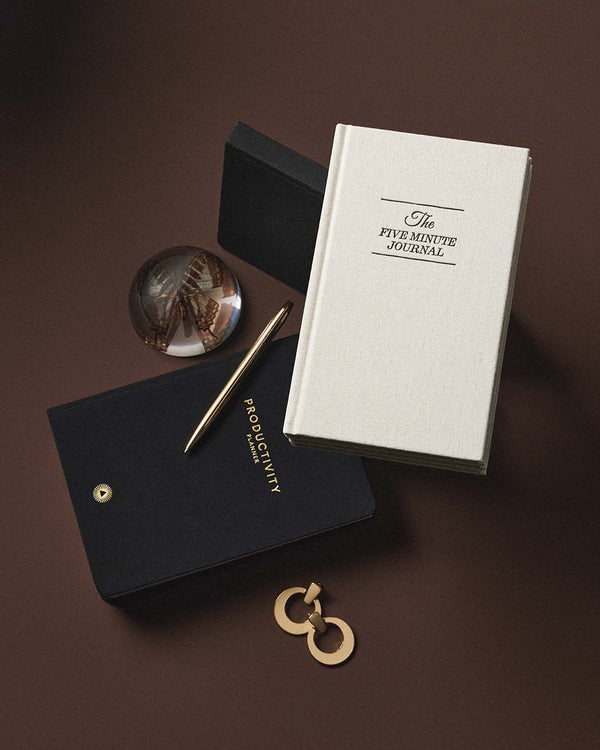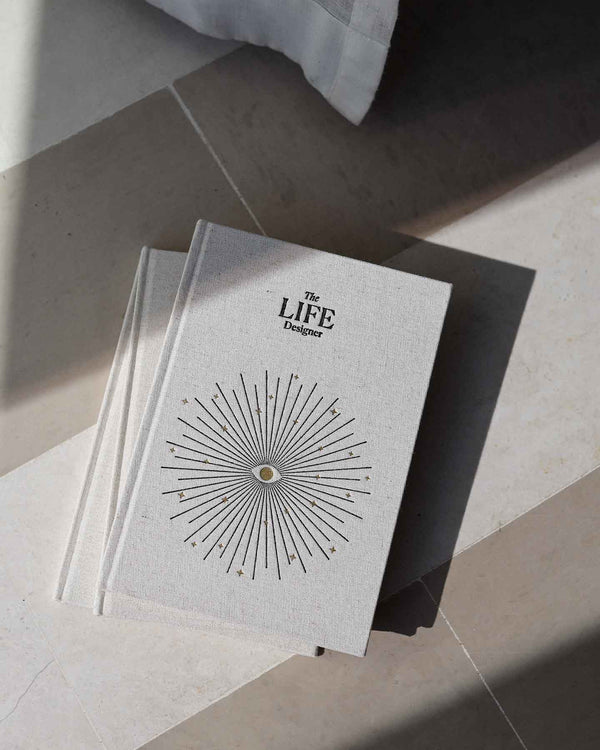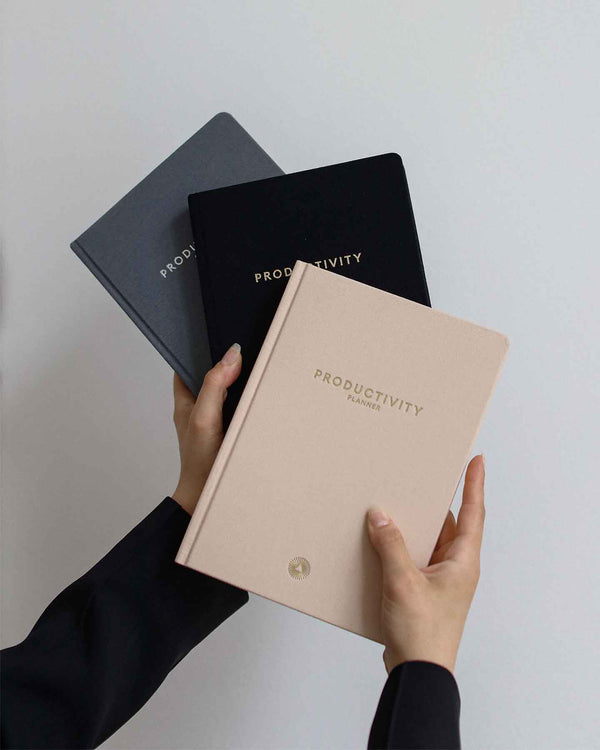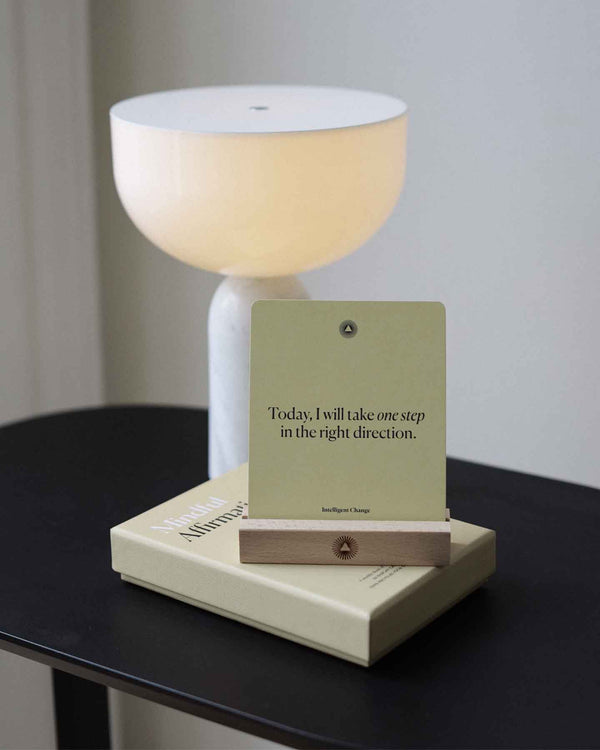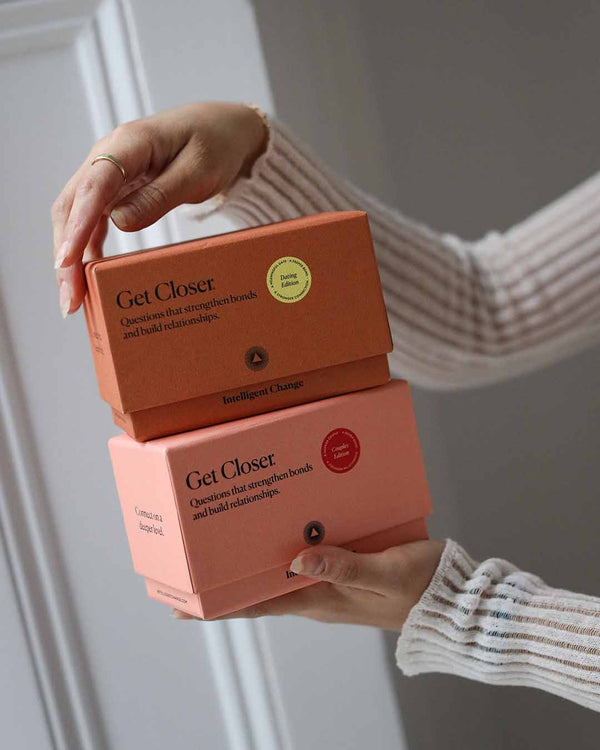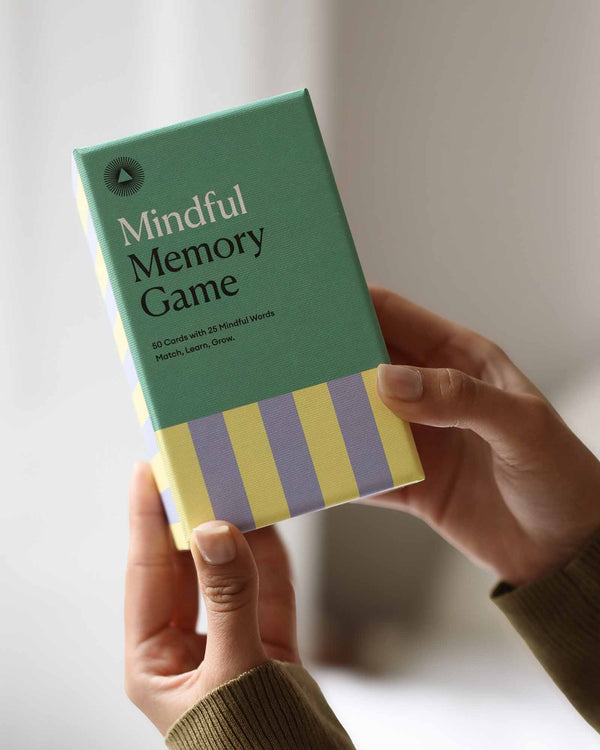Emotional Diversity: A Deep Dive into Feelings
by Kinga Lewandowska
Take a moment to think of your favorite salad or cocktail. Would it taste the same with a single ingredient in it? Or would it cease to be the delicacy or beverage you know and like so much? Emotions are the spice of life in a similar manner. If we were only happy all the time, we would not be able to taste the lessons and teachings of suffering to become the higher versions of ourselves. Emodiversity – the variety and abundance of emotions – is crucial to the healthy complexity of human existence, it’s the predictor of mental and physical wellbeing, and it makes our journey rich, deep, and worthwhile.
The Emotional Ecosystem
If we were only capable of feeling one emotion at a time, there would be no room for self-awareness. Emotional diversity can protect us against toxic positivity, prepare us for dealing with loneliness, or help us reach and maintain the state of flourishing in our lives. A variety of feelings and emotional states develops our emotional intelligence, shapes our empathy skills, and improves our knowledge of ourselves and what we are truly capable of. As our emotional ecosystem grows, so does our self-awareness, and consequently strength and resilience.
Humans can experience 34000 different emotions. All of us feel at least two of them every time we take a breath. The first step to developing stellar self-knowledge is the ability to name and define your feelings. Over all, scientists captured as many as 27 distinct categories of emotion and provided us with tools to decode them. One of the most common is the Plutchik’s wheel – a graphic representation of our primary emotions with their polar opposites, high and low frequencies, shades, strengths, combinations, and all the spaces in between. Are you ready to dive deeper into the ocean of emotions enchanted within you?
Enjoyment
Starting on a very positive note, this category of emotions is framed with ecstasy on one end and serenity on the other. It entails a deep sensation of happiness projected in feelings of:
- contentment,
- peace,
- relief,
- wonder,
- gratification,
- excitement,
- amusement,
- or pride.
In combination with trust, this spectrum also creates love. All states of enjoyment are activated by sensory pleasure and fueled by feeling connected to others, your inner self and your identity, but also ideas, passions, purpose, dreams, goals, and routines.
Typically, enjoyment is our desired state, the ultimate life satisfaction. We reach it by bonding with people we care about, feeling satisfied with our careers, and safe and secure in the overall condition of our lives. Enjoyment brings big smiles to our face and warm fuzzy feelings of deep fulfillment. There is no longing or nostalgia for anything other, anyone other, any other place or any other time than hic et nunc. We’re interested, invested, and engaged in everything we do, we savor the present moment. We are balanced, mindful, hopeful, and serene.
Sadness
This group of emotions and feelings is the direct opposite of enjoyment. With pensiveness on one end of the spectrum and grief on the other, it may also contain:
- disappointment,
- hopelessness,
- disinterest,
- despair,
- discouragement,
- resignation,
- misery,
- sorrow,
- rumination,
- or anguish.
In combination with surprise it creates disapproval and together with disgust it can result in remorse. All states of sadness are triggered by feelings of loss of some kind.
It hides in melancholia, all sorts of dampened moods, or languishing. Prolonged and persistent feelings of gloom might lead to depressive states. While intentional alone time provides necessary reflection and can help you find the root cause of your feelings, sadness may force you to withdraw from social spheres only to torment you without witnesses. It might cause you to think less of yourself, or make you stuck in constantly waiting for something that never comes (sadness never mentions you need to take action to get it). If you’re hurting, mourn your losses. Accepting pain as part of your evolution will set you free and you will welcome the unknown of the future with arms wide open, without a trace of fear in your heart.
Fear
This spectrum begins with feelings of apprehension and ends with terror. It manifests in:
- anxiety,
- insecurity,
- trepidation,
- nervousness,
- hesitation,
- dread,
- panic,
- desperation, stress,
- and even horror.
With trust, fear creates submission and its milder shades plus surprise result in awe. States of fright are activated by feelings of threat or harm, yet it’s a fickle game – fear has no regard for whether the perceived danger is actually real or not.
Nonetheless, it’s essential to our survival. We need to be scared of lions and bears (not so much the monsters under our bed or the ghosts of our past) to stay alive. Fear may act both as a motivator and inhibitor, yet it always causes worry. It’s the driving force behind the fight-or-flight response, it’s at the core of phobias, and it sells horror movies (some people crave the adrenaline rush). Fear lives within us for evolutionary reasons but it also serves as a signpost to what we most care about. Repeated exposure to what makes you scared can help you battle apprehension. Hence, every time you do it, delivering a presentation in front of dozens of people gets a little bit easier.
Anger
As the opposite of fear, this group of emotional variations is guarded by annoyance and rage on opposite ends of its spectrum. It includes feelings of:
- hostility,
- agitation,
- frustration,
- exasperation,
- bitterness,
- vengefulness,
- fury,
- and antagonism towards others.
With disgust, anger creates contempt, and with anticipation, it sparks aggressiveness. States of anger are fueled by feeling hindered in our progress.
Uncontrolled and unmanaged anger might escalate into violence and abuse. This turbulent set of emotions tends to rush to the surface suddenly and explosively, with clenched fists. When we feel trapped, powerless, or threatened, yet unable to defend ourselves, our blood simmers pushing us to at least try and change the toxic situation we’re in. However, if we react with anger to something completely beyond our control (such as negative news on TV), we risk accumulating daggers of quiet resentment that might bare their teeth at our loved ones in unpredictable ways, at random, unexpected times.
Trust
In its category, trust lies in between admiration and acceptance. While not always considered pure emotion, it is an emotional dimension that encompasses feelings of:
- confidence,
- security,
- safety,
- hope,
- and vulnerability.
In combination with fear it creates submission, in connection with joy it breeds love.
Trust is the opposite of disgust, a warm wavelength flowing inside us and towards others. It differs from rational belief, it can work independent of objective information, and it encourages us to deal with risks with an open heart. Trust is a bridge. We build it one brick of vulnerability at a time, we make ourselves voluntarily open and exposed to invite others into our lives. Trust breeds trust. When we’re confident in our own strength, it gets easier for us to rely on others, have faith in their good intentions, and believe they will handle our openness with care. Trust is active hope that our expectations will match reality.
Enjoy the Journey
Emotions are what we are. Whether they build up over time, lie dormant for a while only to erupt like a volcano in a split second, or gently wash over us in waves, we need to know the ingredients of our emotional brew well in order to control our reactions, manage our mental health, concoct better versions of ourselves, and enjoy our earthly journey more.
Emotions are the bubbles in the champagne of life. The emotional depth that each and every one of us carries inside is not only what makes us human but what allows us to keep improving the reality we live in. When we learn not to repress our emotional multidimensionality but thrive in it, we can start helping others discover the fabric of their own souls. By acknowledging and managing our feelings and reactions well, we can harness the power of human connection to start making this world kinder and more united.




